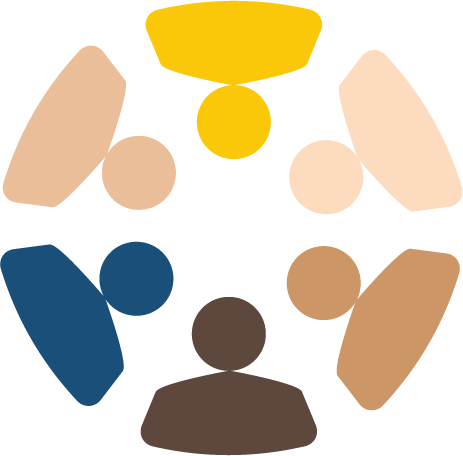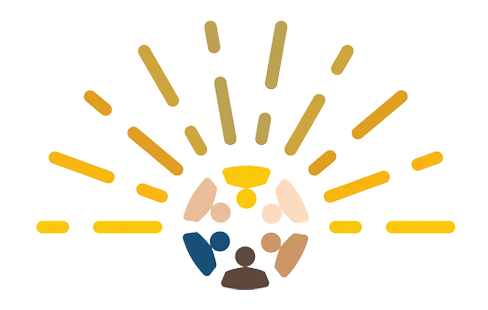
“Be Clear. Be Bold.”: What Fundraising Expert Susan Kahan Wants Every Nonprofit to Know Right Now
Running a nonprofit in today’s climate isn’t just about doing good, it’s about staying grounded, focused, and strategic. For many community-based organizations, that starts with getting clear on who you are, what you need from funders, and how to ask for it. Before you can grow, you have to assess where you are, define your priorities, and decide what’s actually sustainable. In this piece, Susan Kahan, founder of Sapphire Fundraising Specialists, shares hard truths, practical advice, and reminders that now more than ever, clarity, consistency, and courage matter.
The Brutal Truth: People Aren’t Thinking About You
Susan named what many nonprofit leaders don’t want to admit: “Even if people love your work, they’re not thinking about your nonprofit all day. They’re thinking about daycare, car maintenance, what’s for dinner.”
Her point? You have to break through the noise. And that starts with clarity. “Be explicit about what you do, who you help, and why it matters,” she said. “Don’t assume people know you need funding. Say it. Then say it again.”
She recalled a client who had met with a well-connected philanthropist multiple times and was confused about why she hadn’t donated. Susan’s response: “Have you asked?” She hadn’t.
“You think you’re being clear, but you’re not,” Susan emphasized. “You have to ask directly.”
On Risk, Boards, and the Fear of Spending
One of the most common roadblocks Susan sees? Fear. “Nonprofits are often very risk averse, even if they have progressive missions,” she said. “Bringing in a consultant like me can feel scary. But the real question is, what happens if you don’t?”
In a year filled with political uncertainty, economic unknowns, and shifting donor behavior, many nonprofits are stuck. “There’s so much ambiguity right now,” Susan said. “That’s why it’s even more important to focus on your strengths. Go all-in on what you’re great at.”
Her advice to executive directors: “Give yourself some grace. This work is hard. Then get strategic about where to invest.”
Assess First. Then Build.
Susan recommends starting with a development assessment. “It’s a low-risk way to figure out what’s working, what’s not, and where the real opportunity is,” she explained. Whether your team is missing major gift infrastructure or your messaging isn’t resonating, an outside perspective can help clarify next steps.
“I’m not here to hand over a theoretical framework that collects dust,” she said. “I help you figure out what actually works for your organization. That includes being honest about what’s doable, and what’s not.”
Repeat Yourself. Then Repeat Yourself Again.
One of Susan’s most memorable analogies came straight from the music industry: “Your favorite artist has sung the same song for 30 years. They may be sick of it, but the audience still wants to hear it. That’s your fundraising message.”
The takeaway? If you’re tired of saying the same thing, that probably means you’re just starting to say it enough.
Fundraising in the Real World
From training boards and staff to building out major gift programs or offering one-on-one coaching, Susan brings a practical lens to the work. “Theory is great, but what happens when your development director quits or the power goes out?” she said. “Fundraising has to be adaptable.
Her parting advice for nonprofits this year: Don’t try to do everything. Get clear. Get help. And stop waiting for the perfect time to start.
Beyond the Ask: Building for the Long Haul
While fundraising remains a critical function, Susan also pointed to a broader shift happening across the nonprofit sector: the move toward deeper collaboration and mergers.
“Past funding support is not a predictor of future funding. Donor priorities are changing. Government grants may no longer be offered. Foundations have not yet increased their payout rate. Nonprofits are competing with peer organizations for the same dollars from the same donors, so it’s imperative to think about ways to come together.”
In a climate of shrinking budgets and rising community needs, partnerships aren’t just a strategy; they’re a necessity. Long-term sustainability may come less from growing bigger and more from growing together.
For more information on Susan and her expertise, visit her website.
If your organization is feeling the pressure of shifting priorities, you don’t have to navigate it alone. CHMRC is here to convene, support, and connect you with the tools, partners, and strategies that keep local efforts strong.
Let’s work together to strengthen what matters most: your community. Reach out to us here anytime. We’d love to meet you.
Stay in touch and sign up for our newsletter here: https://www.chmrccares.org/contact/

 CHMRC Community Network
CHMRC Community Network